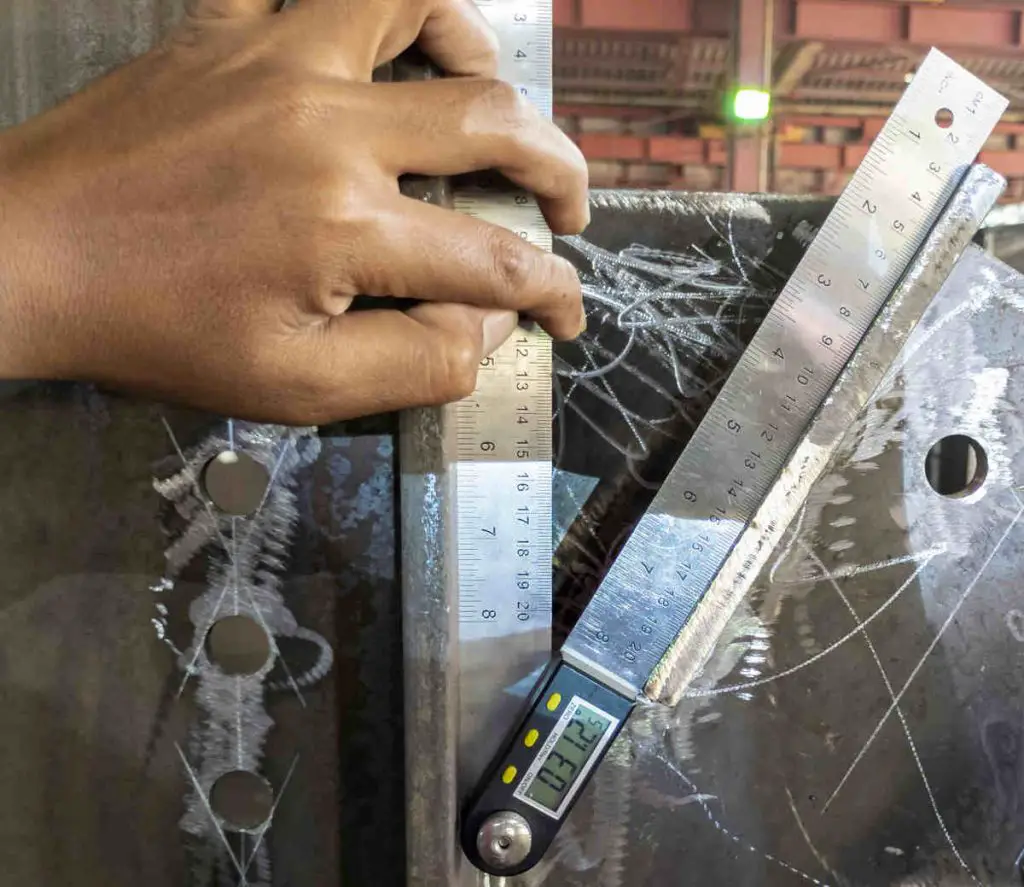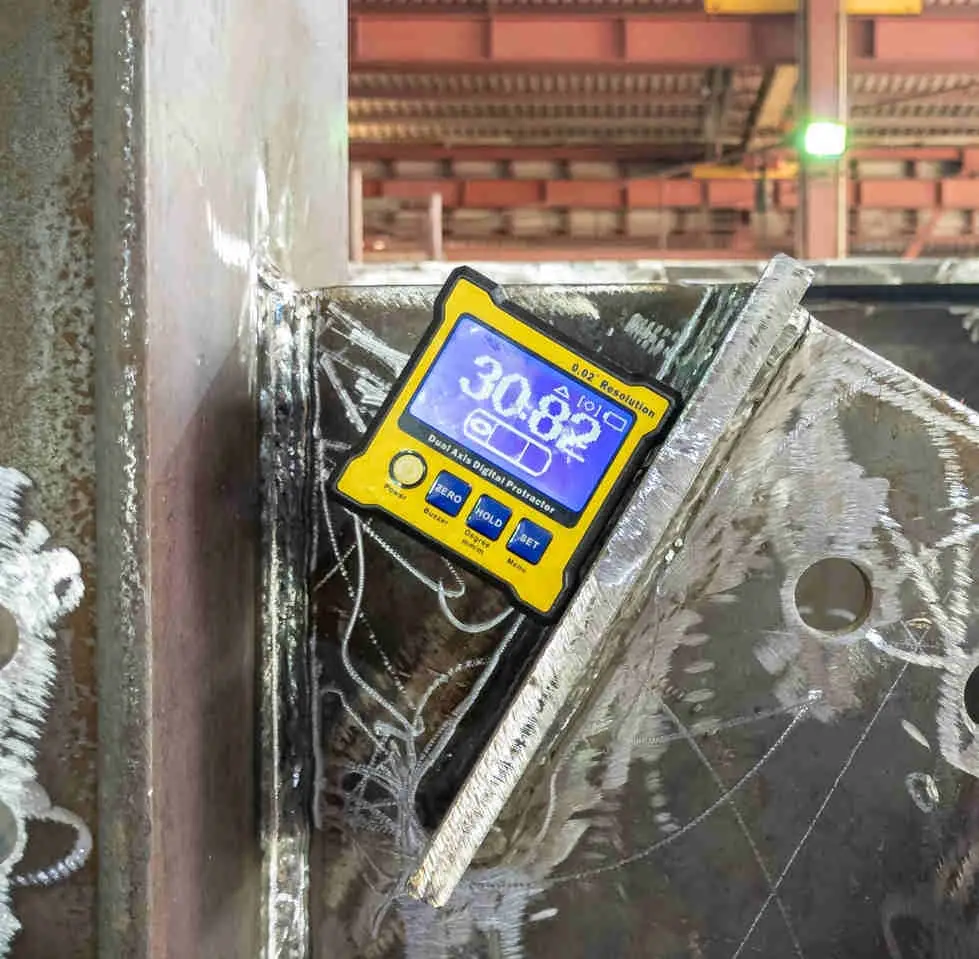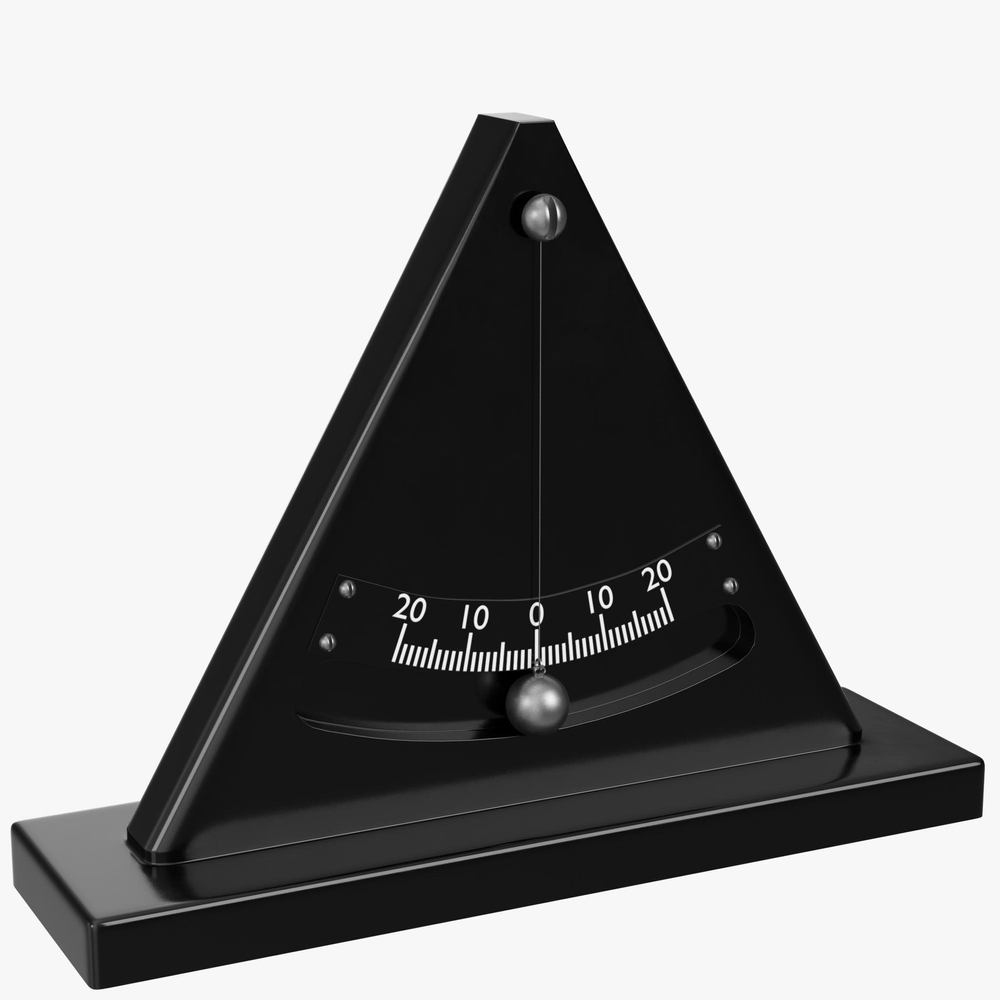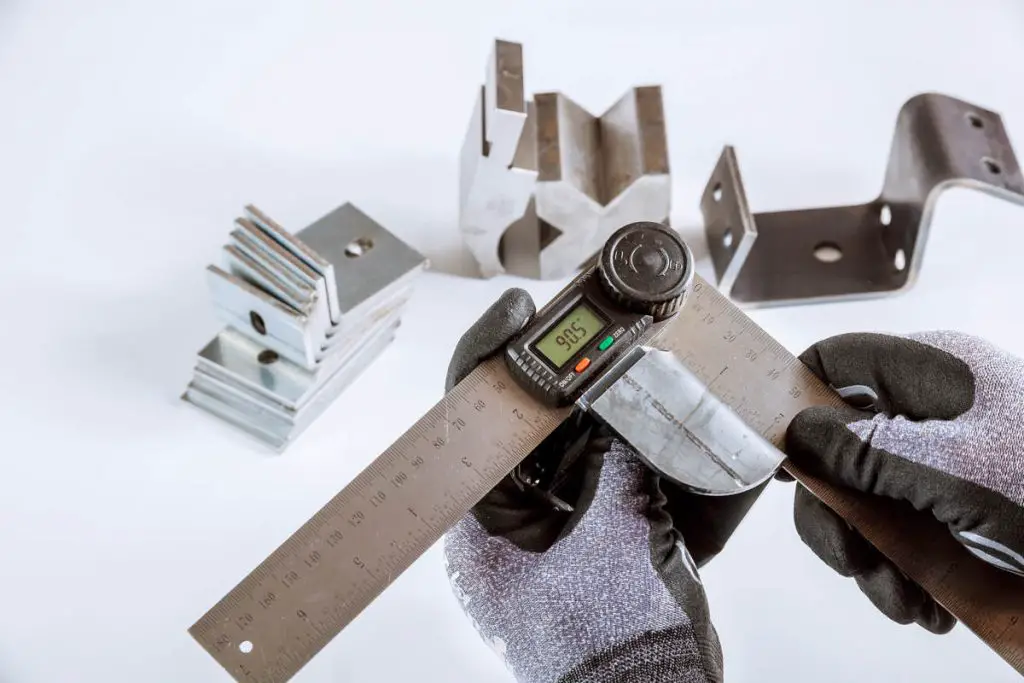Are you struggling to decide which one to buy among the protractor, inclinometer, and angle cube?
Is it a little confusing in what situation they are excellent? In other words, in what application are each of them used to?
What is actually a protractor? Why are many tools named protractors? Does it go the same with the inclinometer? How does it measure actually? Is it the same with angle cube?
Admittedly, oftentimes we see that there are frequent cases to see the product names are misleading. They name their products as protractors, angle finders, inclinometers, angle cubes, clinometers, etc. Ignore it and just look at the shape of the product. Whatever name they gave, you have to focus on the shape.
This article compares protractors, inclinometers, and angle cubes to notice similarities and differences. These are engineering tools used to measure an angle. To judge which one is best suited depends on the purpose of the work. So, therefore this article shares some of the differences and similarities of these tools.
| Differences | Similarities | |
|---|---|---|
| Protractor | - Requires two lines or surfaces - 0 degree is when the arms are closed perfectly - having two arms | - Measuring in angle degree |
| Inclinometer | - Requires a single surface - 0 degree depends on earth gravitation - rectangular body shape | - Measuring in angle degree |
| Angle Cube | - Requires a single surface - 0 degree depends on earth gravitation - cube shape | - Measuring in angle degree |
The Similarities Between Protractor, Inclinometer, and Angle Cube
The main similarity between these three tools is the unit reading. They show the reading in angle degree. However, the angle cube and inclinometer may provide an additional tilt percentage reading.
The Major Difference Between Protractor Vs. Inclinometer Vs. Angle Cube
Although they have the same similarity in which express the measurement in angle, they have differences that you have to realize.
A protractor measures the angle that is shaped by two straight lines or flat surfaces that meet at a certain point. When it comes to two straight lines (2D objects), you can use the half-circle protractor and its variants to measure the angle. In the case of two flat surfaces (3D objects), you can use the arm featured protractor or simply the digital two-arm protractor model. In other words, the protractor requires objects that have two surfaces so that it is measurable.
Depending on the model of the protractor you are using, the objects to measure with a protractor can be a 3D or 2D objects.
When those two lines or surfaces entirely overlap, the protractor starts the reading, which means showing 0 angle degree. The greater the object corner, the greater the reading.

On the other hand, the inclinometer measures the inclination magnitude of a flat surface. Therefore, it only requires a single surface to work. The reading shows 0 degrees when the surface is level; make sure it should be flat (not corve) as well. That said, its 0 degree is perpendicular to the vertical line of the gravitational reference point. In comparison to spirit level, when the inclinometer shows a 0-degree angle, a spirit level’s bubble takes place at the center of the vial.
Interestingly, some advanced models of inclinometer can measure the surface inclination on 2 axis or 3 axis. If you want to save time, use this 3 axis inclinometer for perfect assessment.
An angle cube is actually a measuring device similar to an inclinometer. It measures the inclination. The unit reading is mostly in angle degree, and some products provide tilt percentage. The main difference between the inclinometer and angle cube is the shape. As the name suggests, its shape is a cube or square. This shape gives advantages of compactibility and space free. Whereas, the inclinometer that you can see on the market is rectangular. But, this is a fixed shape. You can make your own shape by building with an inclinometer sensor.
Smallest Reading of Protractor Vs. Inclinometer Vs. Angle Cube

Resolution is the smallest reading that a certain measuring instrument provides to the operator. Keep in mind that resolution is different from accuracy. Accuracy is in accordance with the true/accepted/agreed value. Before using the protractor, you could inspect it for a moment using some angle blocks.
The protractor’s smallest reading varies depending on the models. Commonly, the half-circle model gives 1° as the resolution (smallest reading), while the vernier protractor gives 1/20°. The digital protractor with two arms provide finer resolution compared to the half circle protractor model.
On the other hand, the inclinometer’s resolution also varies. Some inclinometer sensors can measure up to ±0.05° resolution, even 0.0055°. You can also make your own inclinometer by buying the sensor and craft it yourself.
Angle cube serves you up to 0.05° resolution (iGaging 35-222-6).
Inclinometer has advantages over angle cube as it has more accuracy than angle cube. This device is handier than compared to angle cube, and professionals prefer the inclinometer over the angle cube.
Inclinometer Vs. Clinometer
Another tool you need to know is the clinometer. It’s almost the same with an inclinometer. The clinometer measures the object’s tilt. When it’s plumb, it shows a 0° reading.

Applications: Who Uses Them
Who uses the inclinometer?
- Geologists use this device it helps geologists to find the height of trees or elevations of mountains.
- Surveyors use the device to measure the angle of roads and their slope to make the road smooth for the cars.
- Sailors depend on an inclinometer to warn them of an incoming storm.
- City and town planning engineers use an inclinometer to assess the safety of roads and make appropriate slopes with the help of an inclinometer.
- Mountain hikers use an inclinometer to measure the angle of snow, slope and the heights covered in snow.
- Plumbers use it to measure the angles and tilt in pipes.
Who uses the protractor?
- Engineers use a protractor to accurately measure the land and draw precise lining of the geography of land measured.
- Drafters use the protractor to accurately draw sketches and technical drawings of a building or bridge which is to be built.
- Architects use this tool to draw floor plans and other technical drawings that require perfect measurement.
- Machinists measure the part’s corner to see whether it’s shaped within the tolerance.
- Woodworkers check the wood corner using the protractor
Who uses the angle cube?
- Woodworkers use it to set the table saw blade
- An angle cube is an essential tool when one has to hang a picture
Conclusion
So, which one to buy for your project. You should know which one is the best choice for you up to this point. The protractor helps you measure the object’s corner angle. Woodworkers and machinists check their final parts with it. Meanwhile, an inclinometer will benefit plumbers. The pipe slope can be easily assessed with it. Woodworkers that use table saws can use the angle cube to check the blade tilt during the tilt adjustment. Its magnet makes the cube stick on the blade.

